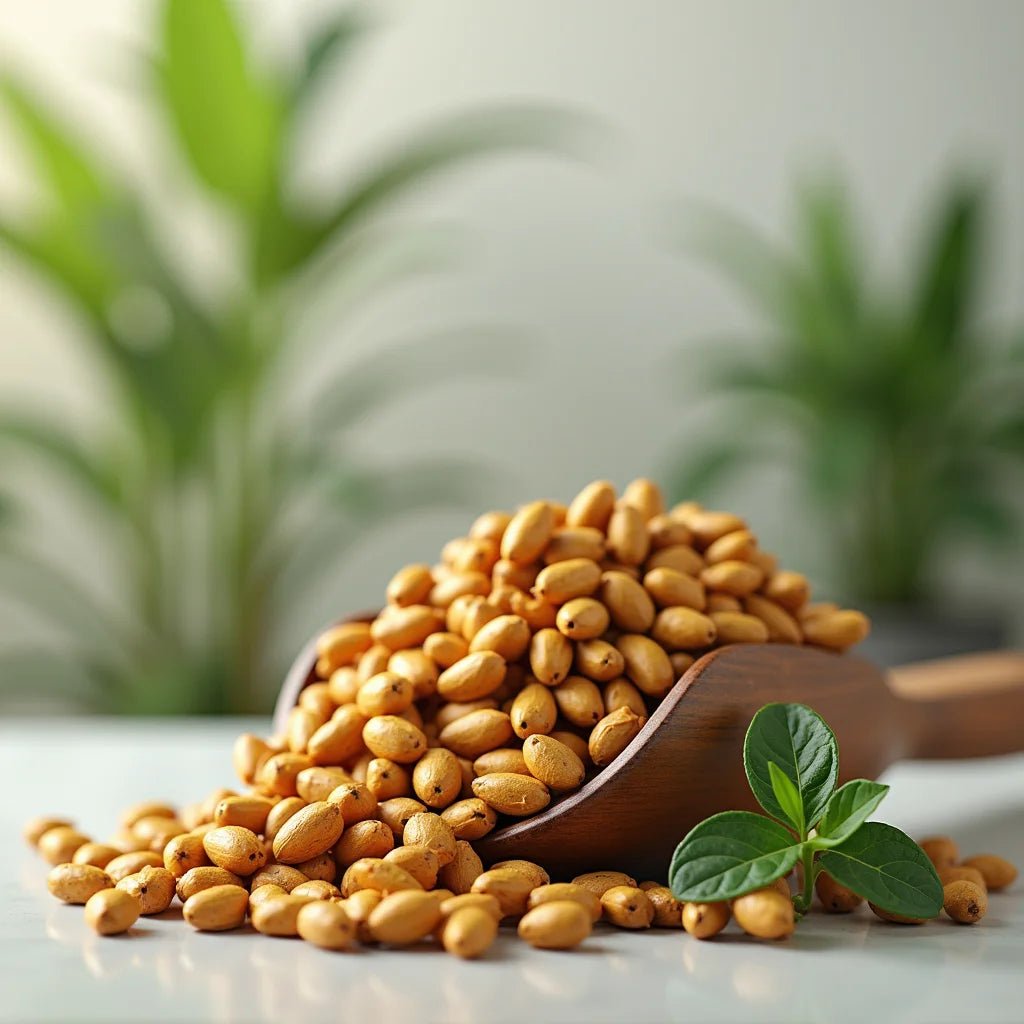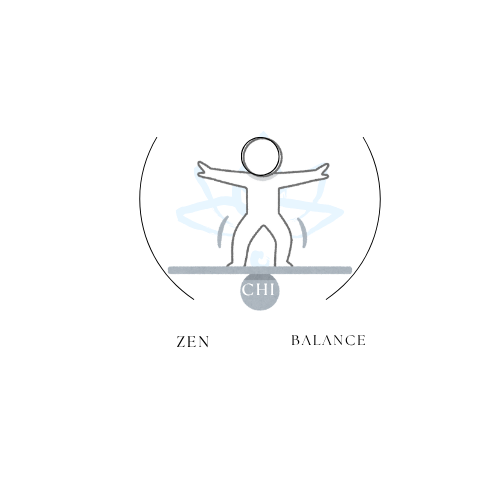
Ashwagandha for Stress Sleep and Energy What Science Says
Share
Updated on: 2025-10-20
- Common Mistakes to Avoid with Ashwagandha
- Pros & Cons Analysis of Ashwagandha Formats
- Capsules: Pros & Cons
- Powders: Pros & Cons
- Liquids: Pros & Cons
- Quick Tips for Choosing and Using Ashwagandha
- Wrap-Up & Key Insights about Ashwagandha
- Answers to Common Ashwagandha Questions
- What does ashwagandha do for the body?
- Is it safe to take ashwagandha daily and what is the recommended dose?
- What is the best time to take ashwagandha for sleep?
Ashwagandha, known scientifically as Withania somnifera and sometimes called Indian ginseng, is a well-known botanical in modern wellness routines. Many readers also look for terms such as withanolides (the best-known group of native compounds in the plant) and branded extracts like KSM-66 ashwagandha when comparing options. This article keeps the conversation practical and cautious. It focuses on label literacy, sourcing considerations, format comparisons, and gentle tips that may help you feel more confident while you browse. It does not make medical claims or offer health recommendations. Instead, it offers context so you can read product pages and packaging with more clarity.
Common Mistakes to Avoid with Ashwagandha
These common missteps tend to cause confusion when people explore ashwagandha. A few quiet reminders can save time and help you make calmer decisions.
- Ignoring the plant name. “Ashwagandha” and “Withania somnifera” describe the same plant. “Indian ginseng” is a common nickname but is not the same species as Panax ginseng. Checking the botanical name on the label helps you confirm what you are viewing.
- Overlooking withanolides information. Some labels reference withanolides to describe standardization. Others list only herb weight. Reading both the total amount per serving and any standardization note offers a clearer picture of what is inside.
- Assuming all extracts are identical. Branded extracts such as KSM-66 ashwagandha follow proprietary methods. Unbranded extracts may vary. Treat each product’s specification as unique, since composition and manufacturing approaches can differ.
- Confusing serving size with capsule count. A serving may be more than one capsule. If a label says two capsules per serving, comparing milligrams per capsule rather than per serving may lead to mix-ups.
- Skipping the “Other Ingredients” line. Flow agents, capsule shell materials, and flavors differ by brand and format. This is helpful for those who prefer fewer extras or specific capsule materials.
- Not considering routine fit. Choosing a powder when you prefer quick capsules, or a liquid when you dislike the taste, can make consistency harder. A format that fits your day tends to be easier to remember and manage.
- Expecting one-size-fits-all timing. People often search for “ashwagandha benefits for anxiety and stress” or “best time to take ashwagandha for sleep.” Responses vary by person, product, and routine. Tracking your own experience and reading product directions can be more informative than copying a single rule.
Pros & Cons Analysis of Ashwagandha Formats
Formats exist to serve different preferences. The lists below aim to be neutral and practical, helping you compare how each option might fit your day.
Capsules: Pros & Cons
- Pros
- Simple and discreet; easy to keep in a bag or desk.
- Pre-measured servings limit guesswork.
- Often available with standardized withanolides or branded extracts like KSM-66 ashwagandha for clearer label comparisons.
- Cons
- Less flexible for custom serving amounts than powders or liquids.
- Some people prefer to avoid certain capsule shell materials or extra excipients.
Powders: Pros & Cons
- Pros
- Flexible for small adjustments to serving size.
- May blend into smoothies or warm beverages for those who like a ritual.
- Labels sometimes highlight root-only powder vs. extract, which some shoppers prefer for simplicity.
- Cons
- Taste and aroma can be strong for some palates.
- Requires a scoop or scale for consistent preparation.
Liquids: Pros & Cons
- Pros
- Adjustable serving amounts with a dropper or cap measure.
- Useful for those who prefer not to swallow capsules.
- Easy to add to tea or water for a simple routine.
- Cons
- Taste can vary and may not suit everyone.
- Some liquids include additional ingredients for stability or flavor.
Quick Tips for Choosing and Using Ashwagandha
- Match the format to your day. If you value convenience, capsules may be simpler. If you enjoy a nightly drink, a powder or liquid might fit your routine more comfortably.
- Read the full label calmly. Look for Withania somnifera, serving size, total amount per serving, any withanolides information, and the list of other ingredients.
- Notice extract details. If a label mentions KSM-66 ashwagandha or another branded extract, note the standardization and any unique preparation method described.
- Track your own schedule. Some people prefer morning; others prefer evening. Noting your personal response in a small journal can help you find a steady rhythm.
- Start with consistency. A simple, repeatable routine—same time each day—often reduces confusion and helps you assess how a format fits into your life.
- Keep it simple. Avoid switching products too often. When you change multiple variables at once, it becomes harder to understand what works for your preferences.
- Store with care. Follow storage suggestions on the label, typically in a cool, dry place, closed tightly after use.
- Purchase from trusted sources. Clear product pages, transparent labels, and accessible customer support can make decisions easier. If you are exploring brands, the Blog and About pages of a brand may provide helpful background.
- Ask questions when unsure. A courteous message to customer support can clarify serving size, withanolides standardization, or capsule materials. You can usually reach out via a site’s Contact page.
- Review broader resources. For general store navigation and policies, the Home page is a helpful starting point.
Wrap-Up & Key Insights about Ashwagandha
Ashwagandha has a long history and appears on modern shelves under its scientific name, Withania somnifera, and the common term Indian ginseng. While people often search for “ashwagandha benefits for anxiety and stress” or “best time to take ashwagandha for sleep,” it is important to approach any product information with care and patience. Each formula can differ, especially when standardized with withanolides or presented as a specific extract such as KSM-66 ashwagandha. Reading labels in a calm, step-by-step way—plant name, serving size, standardization, excipients, and format—can make comparison simpler and kinder to your time.
If you prefer an easy routine, capsules can be straightforward. If you enjoy customizing, powders and liquids may offer helpful flexibility. No single choice suits everyone. A gentle approach—consistent timing, thoughtful notes, and awareness of your preferences—often brings the clearest personal insight. Above all, be kind to yourself during the learning process. Taking a little extra time to understand what you are purchasing can lead to a steadier, more confident experience.
Answers to Common Ashwagandha Questions
What does ashwagandha do for the body?
Ashwagandha is a botanical derived from Withania somnifera. Product pages and educational materials often describe traditional and modern uses in general terms. If you are exploring what it might mean for your routine, reading the label and understanding the format, serving size, and any withanolides standardization is a good place to start. Personal preferences and experiences vary. For specific guidance, many people consult a qualified professional who understands their personal circumstances.
Is it safe to take ashwagandha daily and what is the recommended dose?
Labels differ by brand and extract. Some reference whole-root powders; others use standardized extracts, including branded options like KSM-66 ashwagandha. Because products vary, it is considerate to follow the specific directions on the product you choose and to ask questions when anything is unclear. A brief message to customer support or a conversation with a professional can help you interpret serving suggestions in a way that respects your preferences.
What is the best time to take ashwagandha for sleep?
There is no single best time that applies to everyone. Some people prefer evening, while others choose morning. If you are curious about timing, you might try a consistent schedule for a while and note your experience. The phrase “best time to take ashwagandha for sleep” appears often in searches, yet personal response, product format, and your daily routine may influence what feels most comfortable for you.
How do withanolides and standardization appear on labels?
Some products list withanolides as a percentage or a specific amount per serving. Others do not use standardization language and instead list the herb weight. Neither approach is inherently better. The key is understanding what the label is telling you so that you can compare like with like. If you are looking at extracts, note whether the brand mentions a particular method or source.
Is “Indian ginseng” the same as other ginsengs?
“Indian ginseng” is a common name for ashwagandha, but it is a different plant from Panax ginseng. Using the botanical name Withania somnifera can help you confirm you are viewing ashwagandha specifically. If a product uses a nickname, the detailed label should still list the scientific name for clarity.
Disclaimer: This article is for general information only and does not provide medical advice or health recommendations. Please read product labels carefully and consult a qualified professional with questions about your individual situation.

I'm a passionate curator at Zen Chi Balance, dedicated to spreading calm, harmony, and mindful living through faith-inspired lifestyle products. I help craft meaningful experiences for our global community of mindful shoppers.
The content provided is for informational and inspirational purposes only. It is intended to encourage personal growth, mindfulness, and balance in daily life. Zen Chi Balance does not provide medical, legal, or professional advice. For specific concerns or guidance, please consult a qualified professional. Visit us at www.zenchibalance.com for more inspiration and resources.
